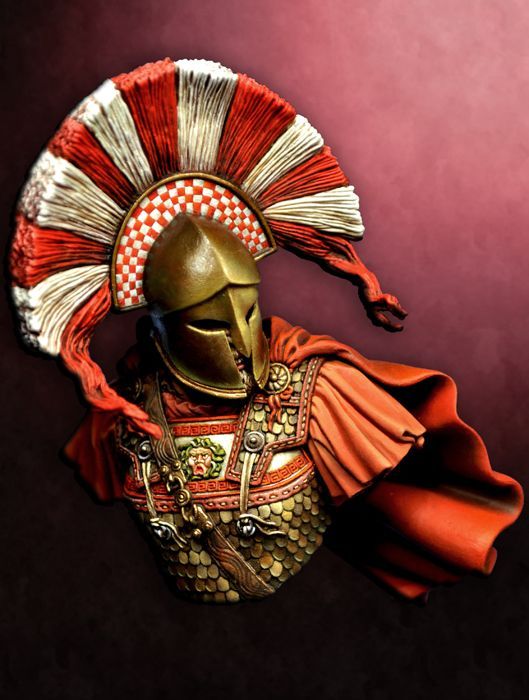Quote – Do not go after any man with nothing left to lose, for he will come back at you with the strength of 10 men.
Xenophon was the friend and admirer of the Spartan king Agesilaus; Agesilaus, for his part, was anxious to emulate Xenophon’s exploits in Asia. He too believed in the use of mercenaries and was glad when reluctant conscripts from subject Greek cities bought themselves out. The money thus raised could be used to pay for keen professional soldiers and good horses. Unlike the Spartan commanders of an earlier generation, Agesilaus believed in cavalry. Xenophon, at the outset of his homeward march from Cunaxa, had converted captured horses, used as baggage animals, to form a small cavalry unit 50-strong, but this force was apparently not sufficient to protect the Greek foraging parties who were set upon by Pharnabazus’ cavalry east of the Hellespont as the long journey was nearing its end. On this occasion the Greeks lost 500 men; when Pharnabazus’ horsemen were finally routed, their defeat was precipitated by a hoplite charge, thus confirming an axiom of Greek military wisdom that it was folly for cavalry to engage with heavy infantry.
Agesilaus, however, placed much more reliance on cavalry than did Xenophon. Indeed’, he had more at his disposal. He scored one notable victory during his march through Thessaly to confront the rebellious Greek states who challenged him at Coronea in 394 BC. The cavalry which he had assembled in Asia easily overcame the Thessalian cavalry ranged against it. The Thessalian cavalry was, the best in Greece, bout Thessalian horses were no match for Asiatic breeds.
Agesilaus was eminently flexible both as a strategist and as a tactician. When operating against Tissaphernes in Asia Minor, he deceived the enemy by an ingenious double-bluff. His intention of attacking Lydia was proclaimed with such an obvious eye to publicity that the enemy took it for a feint and concentrated in Caria to the south. The offensive, however, was made against Lydia, as Agesilaus had from the first intended, and in the absence of any planned defence was easily pressed home.
This very unconventional Spartan king was equally ready to buy off his enemies or to fight them, employing either method freely as circumstances dictated. His swift return from Asia to Greece was expedited by opportunism of this kind.
The tactics which Agesilaus adopted at Coronea exhibited a mixture of traditional usage and innovation. The battle was begun as a conventional hoplite engagement, with the almost predictable result that Spartan and Theban forces on the right wing each routed their enemies’ allies on the opposing left wings. The Thebans relaxed their pursuit, only to find that Agesilaus’ army stood between them and the safe mountain country whither their fleeing Argive allies had already retreated. When they attempted to rejoin the Argives by a southward march to Mount Helicon, Agesilaus, wheeling round, made a frontal attack on them. But he was unable in this way to break their line. He therefore withdrew and reformed his army in open order, allowing the Thebans to pass through the gaps in the hope of attacking them on the flank. The flank’ attacks, however, were not very successful and the Thebans reached the mountains in good order. Agesilaus remained in possession of the field, but he had not destroyed the enemy.
The method of allowing an impetuous enemy to pass through one’s ranks, spending his force and exposing himself to flank attack, was one that had been used by the Ten Thousand against scythed chariots in Asia; it was to be used by the Romans against Carthaginian elephants at a later date. Xenophon criticizes Agesilaus for attempting a frontal attack on the Thebans in the first place. If he had been content to wait, he could have attacked their flank as they made their way southward, at a moment of his own choosing and to his advantage.
Later, in the days of Theban supremacy when enemy forces had occupied Spartan territory, Agesilaus, with courage and resource, successfully organized the defence of Sparta itself, though the city had no permanent walls or impregnable citadel such as most Greek cities possessed. Indeed, the Spartans had always relied on fighting their wars on enemy territory. But on this occasion they fortunately had at their head a man well qualified to deal with unprecedented situations. After the collapse of Thebes, King Agesilaus, at the age of 80, again led mercenary forces abroad, first into Asia then to the Nile Delta in support of Egyptian rebels against Persia. The rebels in Egypt quarrelled between themselves and Agesilaus was left in no very dignified position, hiring himself to one side against the other in a petty war. Even here, however, he demonstrated his flair for military stratagem. Being besieged by a vastly superior number of inexperienced troops, he allowed them to construct a wall and trench around his own encircled forces. When the circumvallation was complete but for a short gap, he suddenly led a sally through the opening. The enemy, for all their superior numbers, were hindered by their own ramparts from attacking him in the flank or rear. The Greek force with its Egyptian allies was not only extricated but inflicted heavy losses on the besiegers, who were hemmed in between their own trenches.
Agesilaus died at the age of 84 on the way home from Egypt. There seems to have been something unhappily circular in the defence economy over which he presided: mercenary expeditions raised money by which the Spartan state was enabled to hire more mercenaries. However, it may be pleaded that Agesilaus was in fact trading military expertise for manpower.
